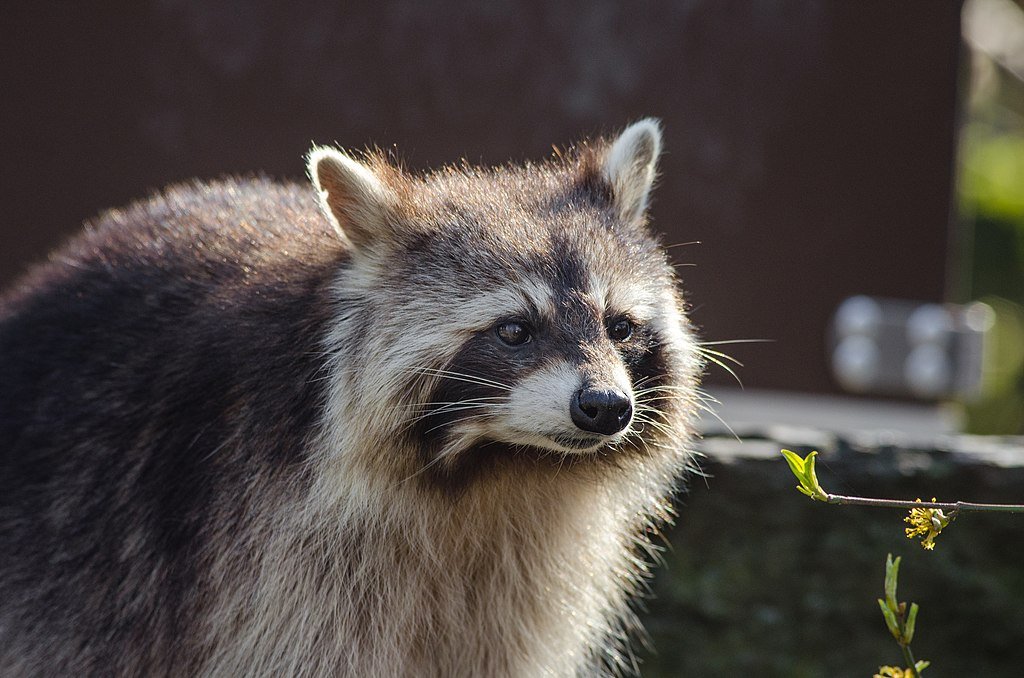Table of Contents Show
Most of the pest control companies like Woodlans Wildlife Texas get calls from Texas homeowners who are worried about a wild animal on their property, but who aren’t able to name the animal in question.

Now, that’s not in itself a problem, since our team of professionals will come to inspect the situation, anyway, and in the process, identify the wild animal(s) on your property. But it’s useful to educate yourself on the most common wild animals on your property.
This helps you get a better idea of what sort of intrusions you can expect, what animals are more common than others, as well as what dangers each animal poses.
So, in that sense, let’s talk to you a bit about the most common nuisance of wild animals in Texas.
1. Feral Hogs
It’s thought that feral hogs have been wandering around the state of Texas ever since the 1500s when Spanish settlers first introduced them to the ecosystem. In modern times, the feral hog population reaches insane numbers (roughly 1.5 million), and because of that, is considered one of the biggest problems for local communities.
While other wild animals are protected by law, to a certain extent, because of the sheer numbers of hogs free in Texas, feral hogs can be hunted year-round, and can, if necessary, be killed.
Feral hogs are feared and for good reason. Their sharp tusks, and their incredible speed, make them fierce adversaries.
The good news, however, is that feral hogs would much rather flee than fight, and are unlikely to attack you unless they feel threatened. Nevertheless, if you encounter one on your property, we recommend keeping your distance and calling a wildlife removal company.
Read Also:
2. Raccoons
Raccoons are highly versatile and adaptable creatures. As such, they are one of the most common wildlife pests to be encountered across the United States. Typically, a raccoon will be hanging out in your yard, looking for food, water, or shelter.
Since raccoons will eat practically anything, there’s no shortage of yummy edibles around your property, from your trash can to your pet food, even to your garden patch.
If you’re wondering how to get rid of raccoons humanely, the best thing to do is call a professional wildlife removal company. Typically, they will capture the raccoon without hurting it (aka humane wildlife removal), and then release it in a location far away from your home.
While raccoons are unlikely to engage in direct confrontation, they will also come at you, if they feel threatened. Raccoons carry the risk of being rabid and infecting you or your pets through biting. So avoid any raccoon on your property.
3. Urban Coyotes
Another serious concern in Texas is that of urban coyotes, who are among the most persistent nuisance wildlife out there.
Urban coyotes are abundant, and as such, state legislation focuses on prevention, rather than actual trapping. Still, if you’re dealing with a coyote on your property, do call a wildlife removal company.
Also make sure you observe local regulations, such as not feeding the coyotes, keeping compost piles covered, and discouraging other wild animals on your property.
For instance, do not feed feral cats, and take active steps to discourage rodents, squirrels, and other small creatures around your home, as they typically serve as food for urban coyotes, and may attract them to your home.
In recent years, the focus for Texans has shifted from eliminating this threat to learning to co-exist with urban coyotes, due to their sheer numbers. However, be mindful and keep your distance, as these are still dangerous animals.
4. Deer
Another big concern for homeowners in the Texas area is overabundant deer. While deer are unlikely to attack you, they carry other concerns, such as deer ticks, which may become quite a nuisance for you and your pets.
Because of this, aside from wildlife removal services, local authorities discourage residents from feeding deer, both near their homes, and also in nearby forested areas, as this may only encourage more deer to show up.
This is also why there is a special deer hunting season in Texas, to help keep the population in check. So if you see deer, try not to feed it, and if you’ve got a deer problem, reach out to a wildlife removal company.









